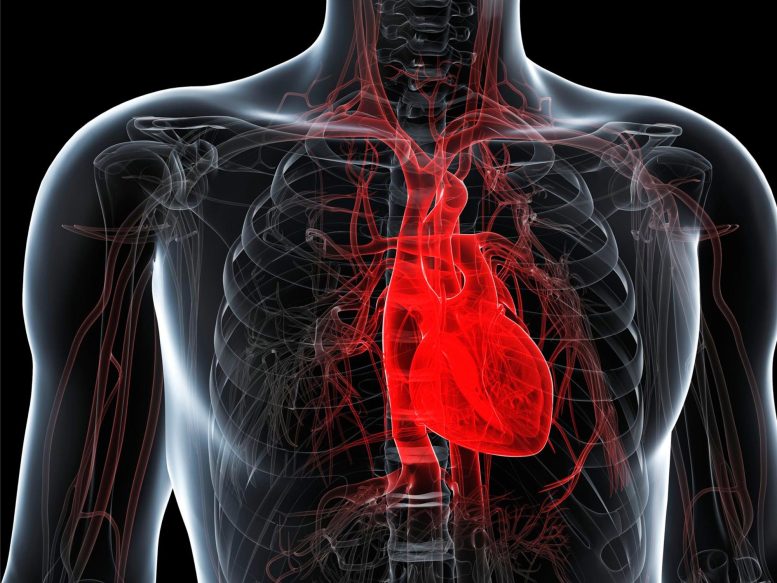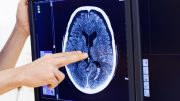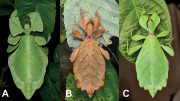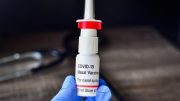
Microplastics have been found in the heart tissues of cardiac surgery patients, suggesting invasive medical procedures as a potential route of exposure to these particles.
Everywhere scientists have searched for microplastics, they have discovered their presence— in our food, water, air, and even some human body parts. However, the examination of our innermost organs, which are not directly exposed to the environment, remains limited. A new pilot study involving individuals who underwent heart surgery reveals that microplastics are present in many heart tissues. The study, recently published in the journal Environmental Science & Technology also reports evidence suggesting that microplastics were unexpectedly introduced during the procedures.
Understanding Microplastics
Microplastics are plastic fragments less than 5 millimeters wide, or about the size of a pencil eraser. Research has shown that they can enter the human body through mouths, noses, and other body cavities with connections to the outside world. Yet many organs and tissues are fully enclosed inside a person’s body, and scientists lack information on their potential exposure to, and effects from, microplastics.
So, Kun Hua, Xiubin Yang, and colleagues wanted to investigate whether these particles have entered people’s cardiovascular systems through indirect and direct exposures.
Research Findings
In a pilot experiment, the researchers collected heart tissue samples from 15 people during cardiac surgeries, as well as pre- and post-operation blood specimens from half of the participants. Then the team analyzed the samples with laser direct infrared imaging and identified 20 to 500 micrometer-wide particles made from eight types of plastic, including polyethylene terephthalate, polyvinyl chloride, and poly(methyl methacrylate).
This technique detected tens to thousands of individual microplastic pieces in most tissue samples, though the amounts and materials varied between participants. All of the blood samples also contained plastic particles, but after surgery their average size decreased, and the particles came from more diverse types of plastics.
Although the study had a small number of participants, the researchers say they have provided preliminary evidence that various microplastics can accumulate and persist in the heart and its innermost tissues. They add that the findings show how invasive medical procedures are an overlooked route of microplastic exposure, providing direct access to the bloodstream and internal tissues. More studies are needed to fully understand the effects of microplastics on a person’s cardiovascular system and their prognosis after heart surgery, the researchers conclude.
Reference: “Detection of Various Microplastics in Patients Undergoing Cardiac Surgery” by Yunxiao Yang, Enzehua Xie, Zhiyong Du, Zhan Peng, Zhongyi Han, Linyi Li, Rui Zhao, Yanwen Qin, Mianqi Xue, Fengwang Li, Kun Hua and Xiubin Yang, 13 July 2023, Environmental Science & Technology.
DOI: 10.1021/acs.est.2c07179
The authors acknowledge funding from the National Natural Science Foundation of China and the Beijing Natural Science Foundation.









Be the first to comment on "Unexpected Invader – Scientists Discover Microplastics in Human Heart Tissues"